Mar 17, 2016 | installation, political art
I’m taking a class at Pratt called Installation Art: Design & Change, and we’ve been pairing up installation works as a weekly assignment. This is my first one!
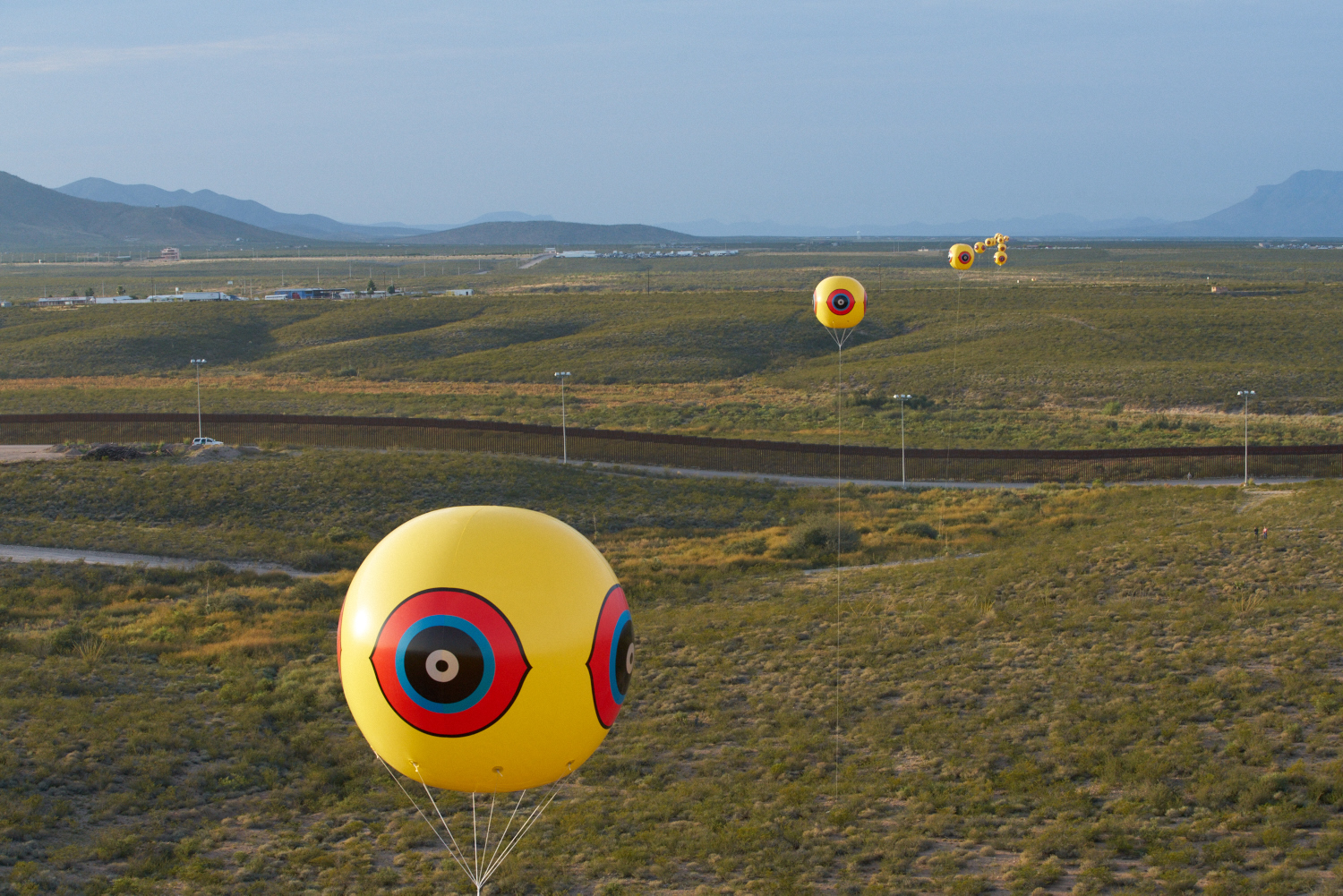
Postcommodity, Repellent Fence / Valla Repelente, October 9-12, 2015. Between the US/Mexico border cities of Douglas, Arizona and Agua Prieta, Sonora . Twenty-eight tethered balloons, 10 x 10 feet each.
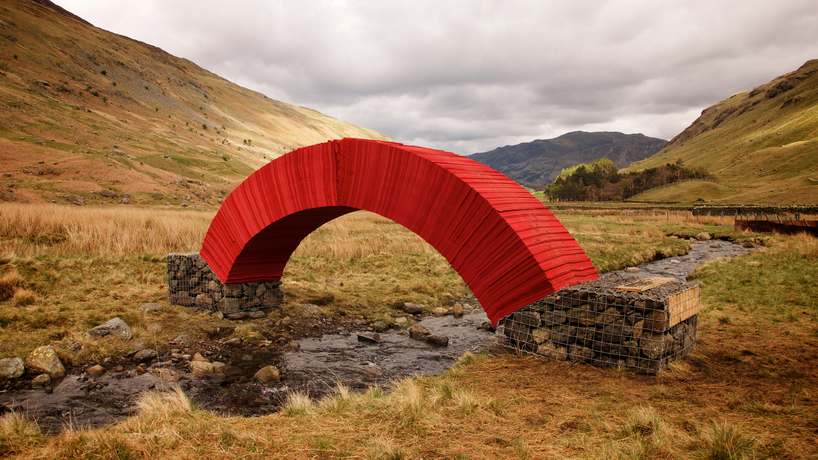
Steve Messam, PaperBridge, May 8-18, 2015. At the top of the Grisedale Valley, Patterdale, Cumbria, UK. 20,000 sheets of paper, four tons of found stone, 16.4 x 5.9 x 2.95 feet.
Both temporary installations in different kinds of wilderness, Postcommodity and Steve Messam’s work cross very different boundaries. Messam’s traverses a natural barrier while Postcommodity’s bisects a manmade one. Repellent Fencewas a community-backed two-mile long fence that traced an ancient trade route from Mexico through Arizona, nearly perpendicular to the border. The “scare-eye” design has indigenous origins and is still used to repel birds. Here the design seems to repel people—ancient indigenous travelers and their descendants in particular—warning them that the route is no longer safe because the US (a comparatively new nation) is obsessed with border security. At the same time, the two-mile installation sutures the divided nations together again.
While Repellent Fence confronts conceptual boundaries, Paperbridge defies physical ones. The paper’s wood pulp material mimics the wood that typical bridges are made of, while its bright red color lights up the landscape. Both works defy gravity in their own way. Repellent Fence flies 100 feet above the desert landscape and Paperbridge uses pressure to push out and up to allow safe passage over a stream in the northern UK. But the motivations behind the creation of these installations could not be more different. Postcommodity is a collective of three indigenous artists using projects like Repellent Fence to bring attention to oppressed Native Americans and migrant workers, while Steve Messam was commissioned to create Paperbridge.
I learned about Repellent Fence through an interview with the artists I worked on for ART21 Magazine.
You can also read my classmate’s pairings for this week on the Pairings: Blog set up by our professor, Kim Connerton, PhD.
GD Star Rating
loading...
Sep 2, 2014 | happenings, interviews, London, sculpture
If you live in London, this post is for you! An incredible contemporary sculptor is opening a new solo show titled gleam at Kristin Hjellegjerde Gallery next Thursday, September 11th.
Richard Stone‘s sculpture morphs art historical motifs into relatable figures, creating a new image from repurposed contexts using antique media like bronze and marble.
The artist is most interested in abstracting and breaking down contemporary representations of universal ideas that might be found more easily in painting and photography but not so much in sculpture:
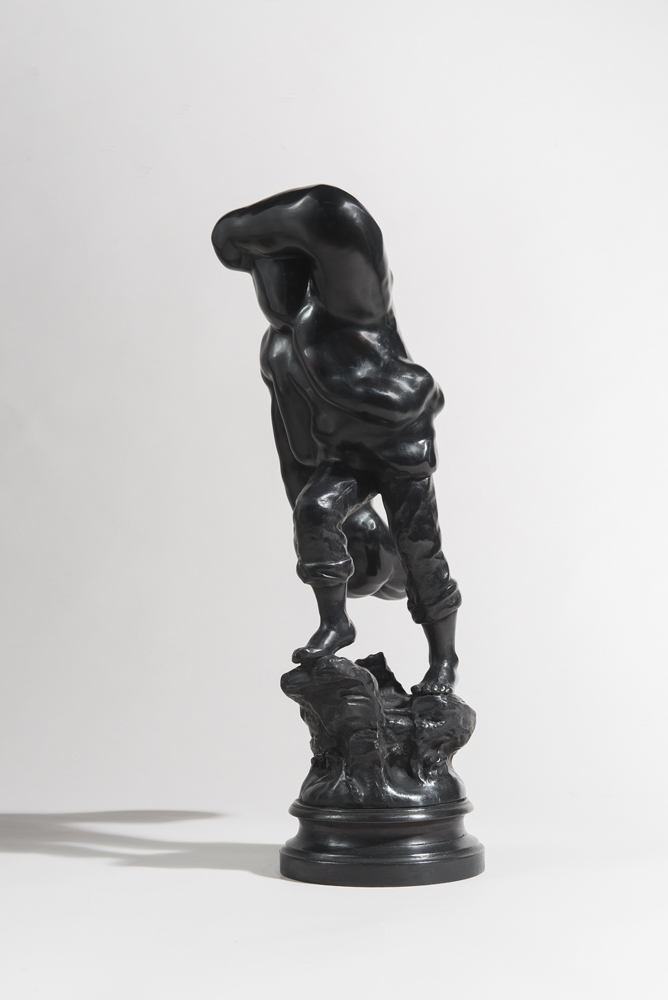
“the rescuer,” 2014
bronze, patina
approx 57x23x23cm
How has your process of molding and sculpting works changed as your art has developed?
I’ve started to find a new and more focused language in bronze and marble, working more directly with preparatory wax models, that has opened up many more possibilities.
I’ve long been interested in how I can recast classical themes in contemporary light and these materials are enabling me to do that, not least because, in essence, they’re such beautiful, beguiling materials, ancient in origin, but utterly contemporary and limitless in scope.
When did you first begin experimenting with the abstracted human form in three dimensions, and why?
It really started with looking to describe and make physical, the space around existing figurative objects, often in heroic poses, applying layers of wax to create an amorphous, contrasting form.
This not only enabled me to evoke a duality of form and material, but importantly, to think through the idea of representation and it’s conventions, more keenly, exploring the increasingly contemporary point at which representation begin to blur, dissolve or fall apart.
What is it that usually sparks the initial idea for a new sculpture?
It can be anything, visual or literary, historical or contemporary, a found object, a work of art, a place, but quite often a line from a book or poem.
What do you hope your work communicates to the viewer?
I think any intention on the part of the artist has to remain open, but the hope is always that the work is resonant enough to meet people where they are, in that moment, or be powerful enough to form a memory.
Which part of your upcoming September show are you most excited about?
For me, these works represent years of thinking and making, but it’s really now, that they’ve come together, in the form and mediums that best express them. The classical materials I’ve returned too have been updated and for me, represent a much stronger visual and contextual statement.
The exhibition in that sense is both a consolidation as well as a departure, I would say it’s a new statement of artistic intent.
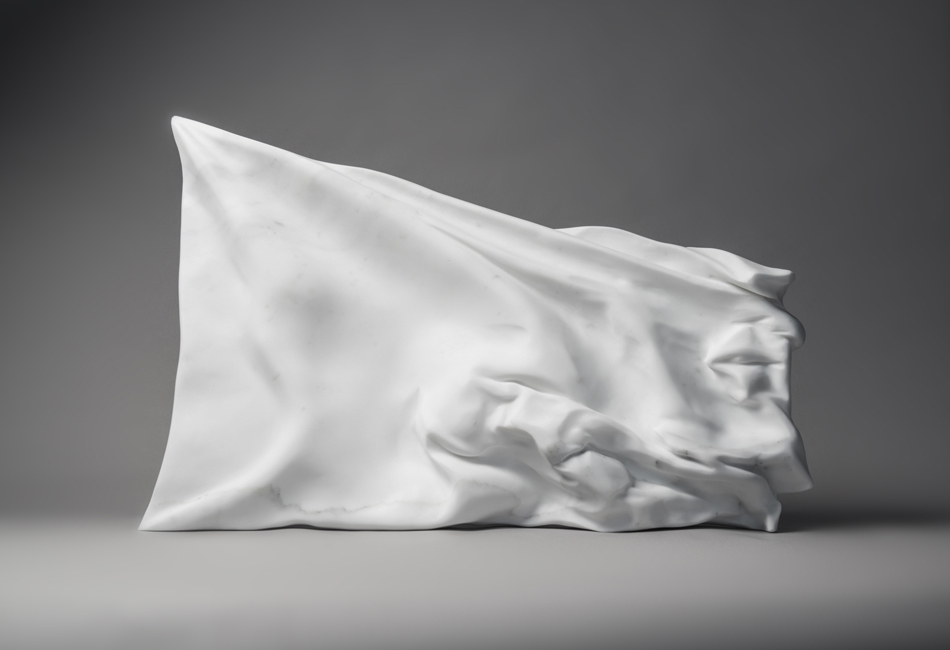
“only in the ruins will you be free,” 2014
statuario marble
approx 91x57x10cm
Richard’s show at Kristin Hjellegjerde Gallery will be on view until October 12th.
Interested in going to the opening? Find the details here.
And see more of Richard’s work on his website and Twitter feed.
GD Star Rating
loading...
Apr 6, 2014 | collage, interviews, painting
Pascal Janssen‘s talent for creating faces makes it hard to believe he’s just 21 years old. The Belgian artist paints, draws and collages features with so much emotion in them, each face nearly breathes with life.
He mostly draws portraits of his friends, occasionally including a favorite musician. He captures those moments of revelation and self-doubt as each new set of eyebrows and chins depict them, emphasizing each subtlety to reveal a depiction truer than a photograph.
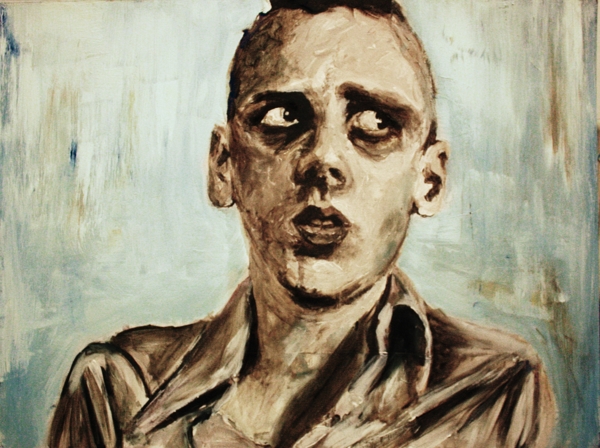
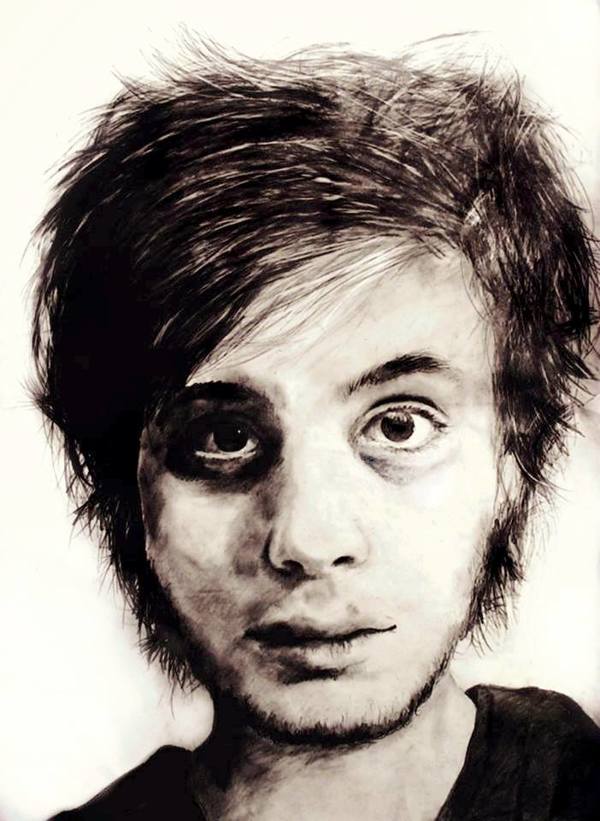
“My artwork is mostly based on the mind of the human being, how it’s perception on the world and itself is,” he writes.
Drugs and their affects also played a role in the formation of his work. Pascal seems fascinated by the changes drugs cause within the body, and how those changes manifest themselves in expressions.
Pascal was nice enough to answer my questions about his work, and how his fixation on the face began:
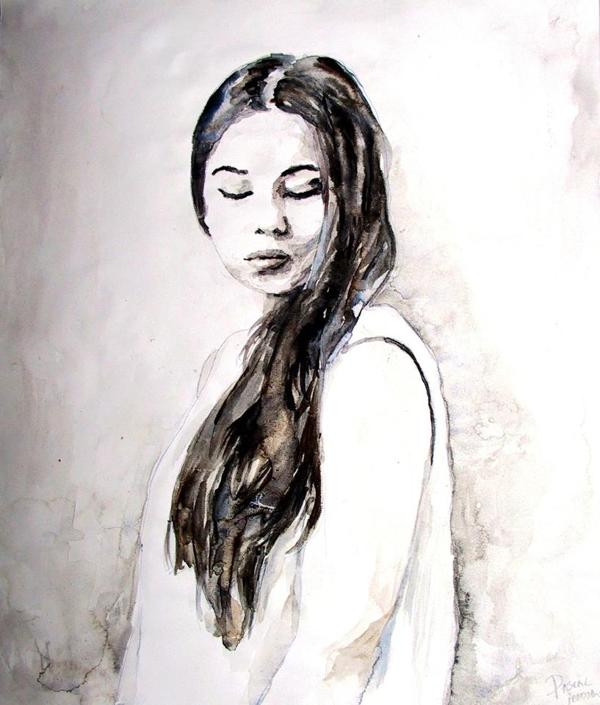
How has living in Belgium helped shape your art? What do you like most about Hasselt?
Even though art in Europe is more active in Berlin, Belgium is also a nice place for an artist. You have a lot of art schools around the country. My parents sent me to art classes since I was in kindergarden, it was once a week and just for fun.
I quit those art classes when I went to high school in Hasselt where I did visual arts. I really loved it there and had a great time, the people there were a lot more open minded than they were in middle school. I really hated middle school, some teachers even mocked me for planning to go to art school.
But I couldn’t care less, I always wanted to be an artist. And for now I’m studying at an art college, just next to my high school. I’ve always loved Hasselt. It’s not the most interesting place in Belgium like Gent, Antwerp or Brussels. But I do feel safe there, it feels like home. I currently live at Rekem, close to the border of the Netherlands where Maastricht is located. Maastricht is also a nice place for an artist, I had my first exhibition there with 7 other artists in September 2013 and planning to have my first solo exhibition there in April 2014.
When did you first start creating portraits? Can you remember the first person you ever painted?
I don’t really remember, I probably had some assignments to paint or drew a portrait for school, but didn’t care about it cause I mostly just made what I felt like making. When I was in elementary school I drew a lot of cartoons but when I went to high school I mostly painted abstract paintings and when I was around 17 I really noticed I just love painting portraits.
And that was when I created “Ignorance is Bliss.” It’s a portrait of some stoner, to this day I still don’t know who this guy is but I thought it was kinda hilarious to paint him because my teachers back then hated anything that had something to do with drugs. Most of my work back then had references to drugs and sometimes it still does, because I still think it has some interesting factors like hallucinations, psychoses, addiction, depersonalisation, etc. I think making portraits is something I’ll always will love doing, but I’m always open to paint new things or use new techniques. I like to experiment a lot.
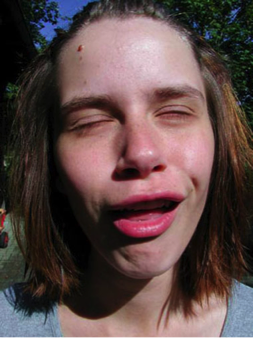
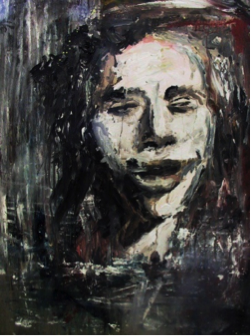
What do you love about reinterpreting the human face over and over again?
I never thought about that really, for me it’s more than just a face. It’s like I’m painting a complete person as he or she is, or just how I feel about them. I like painting my favorite musicians. Mostly musicians who make lyrics which reflect the thoughts and feelings in my life, like King Krule, I love the melancholy in his music. But I mostly love to paint my friends, like I said it’s more then just a face.
How long does it usually take to create each of your works, and what methods do you use to create them?
I mostly work in a fast tempo, it takes normally about an hour or 2, depending on size of course. And if I start working on a piece, I don’t stop untill it’s finished or else I just start all over again. I learned to paint this fast because I work a lot with watercolor. With that kind of paint you have to work fast and you cannot really correct mistakes.
My technique with watercolor also had an effect on my technique with painting in oil. I use a lot of terpentine on my oil paintings just like I use a lot of water on my watercolor paintings. I also don’t use white oil paint, instead I use gesso, a thick paint you actually use for preparation of your canvas. I never really liked working traditionally I guess.
What’s one of your favorite quotes about art and how do you see it applying to your own work?
The quotes of Vincent van Gogh are my favorites, they might sound cheesy but I love them: ” If you hear a voice within you say ‘you cannot paint,’ then by all means paint, and that voice will be silenced.” Criticism has always motivated me even if it came from within me. I’m not trying to be a better artist then somebody else, I’m just try to be better than myself.
“I feel that there is nothing more artistic than to love.” As the romantic person I am, love has always motivated me to paint.
“I know nothing with any certainty, but the sight of stars make me dream.” I’m also a very agnostic person who will question about anything, but I do have an endless fascination for the universe.
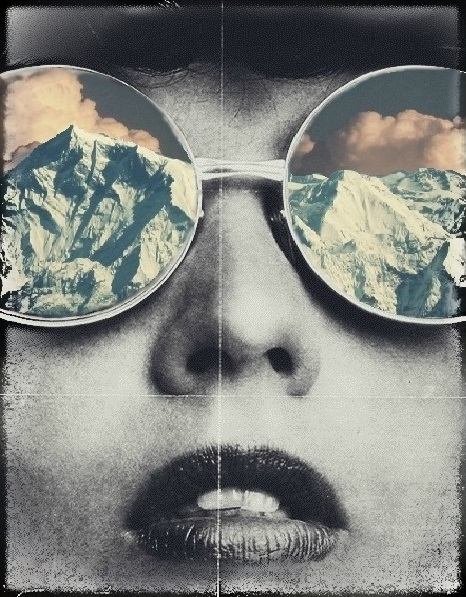
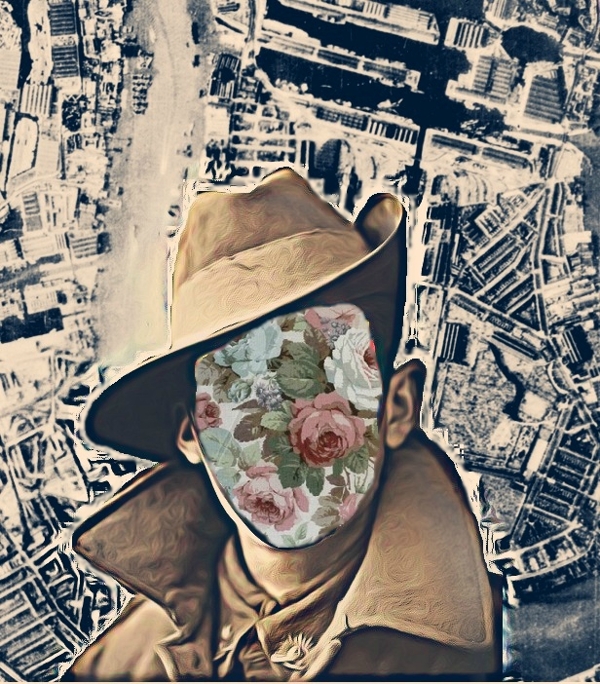
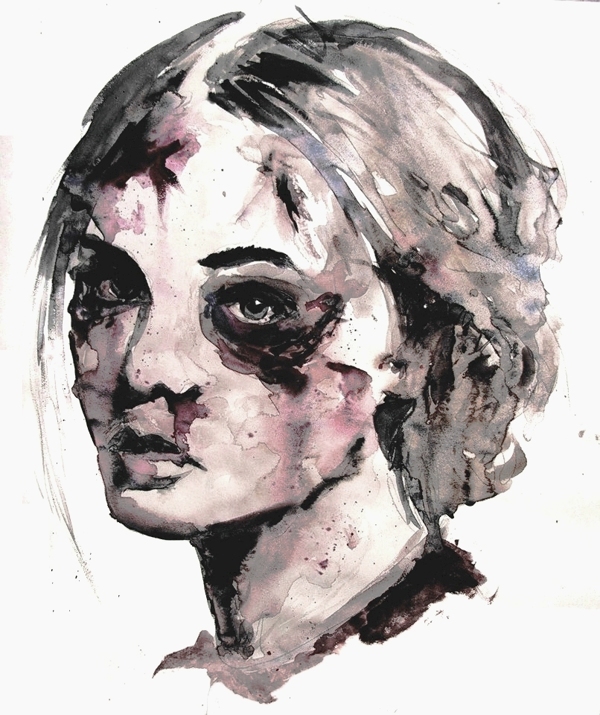
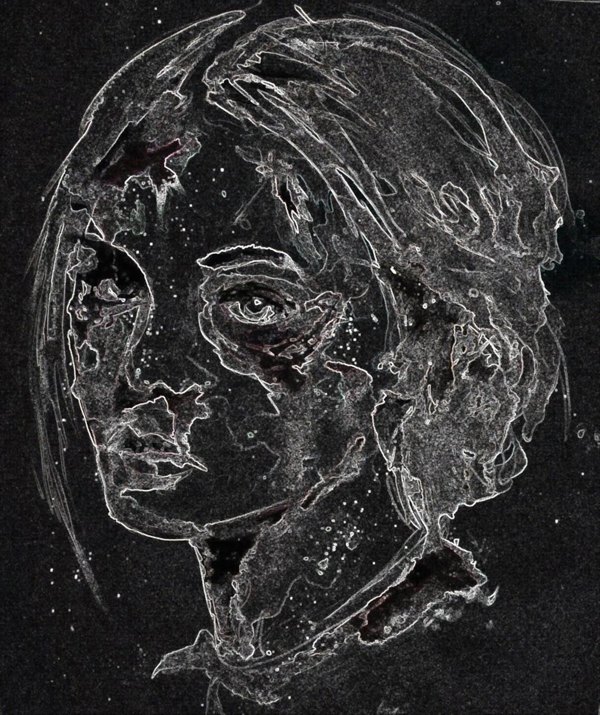
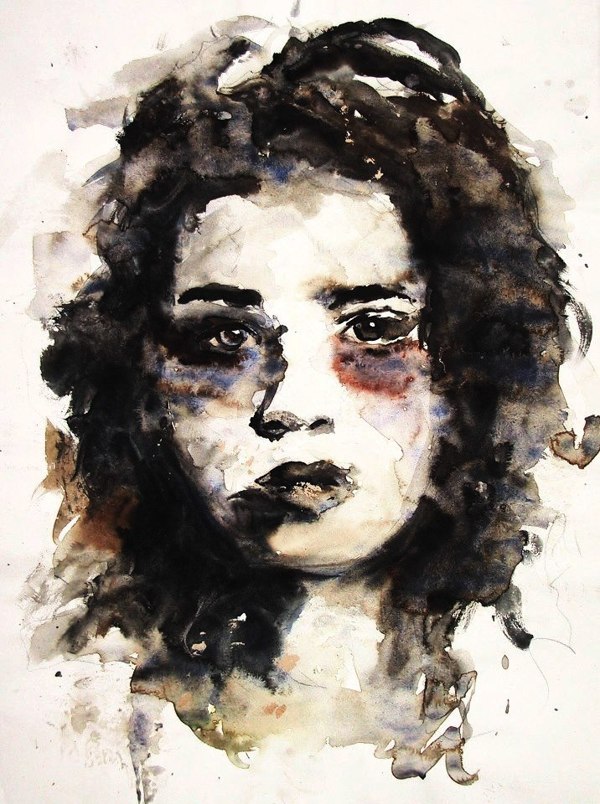
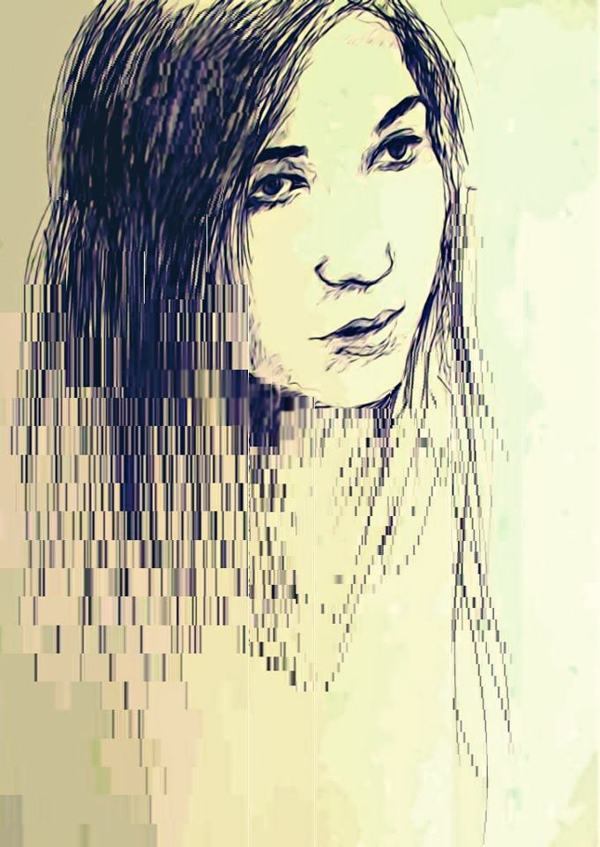
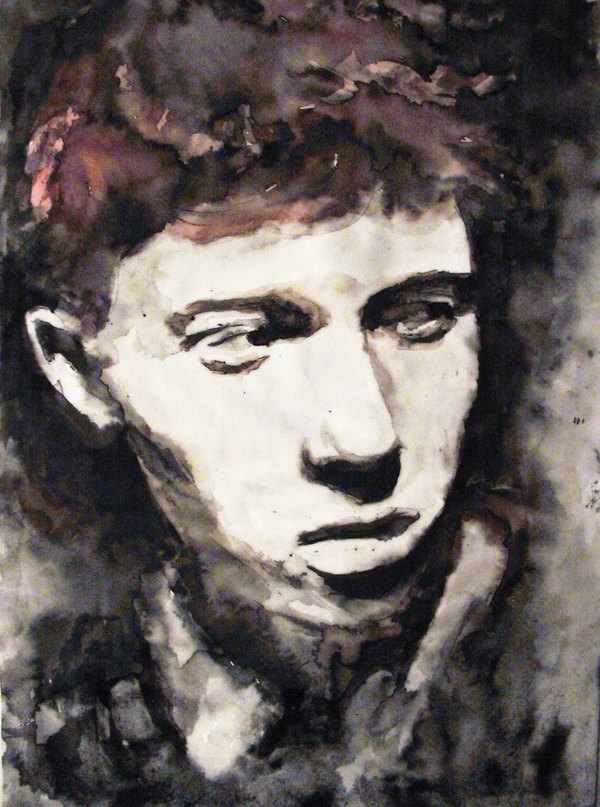
For more from Pascal, you can find him on Facebook, Tumblr and Behance.
GD Star Rating
loading...




















